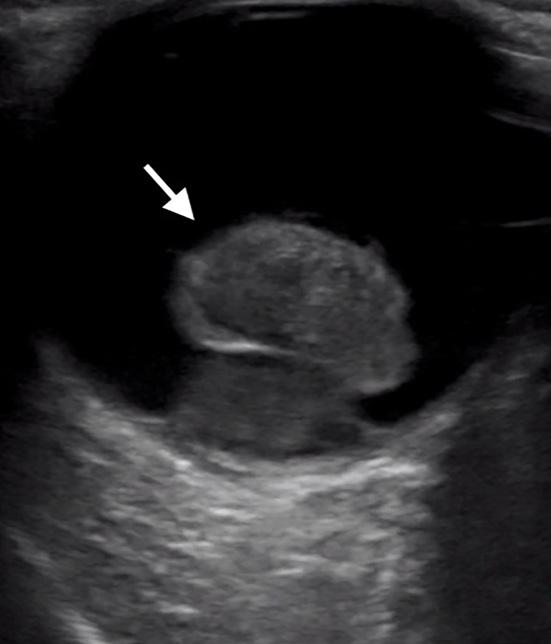Case Report
Altered Mental Status in the Emergency Department – When to Consider Anti-LGI-1 Encephalitis: Case Report Stephanie S. Miljkovic, MS, BS, BA B. Witkind Koenig, DO, MS, MPH
Creighton University School of Medicine, Department of Emergency Medicine, Phoenix, Arizona
Section Editor: R. Gentry Wilkerson, MD Submission history: Submitted January 8, 2021; Revision received March 21, 2021; Accepted April 1, 2021 Electronically published July 27, 2021 Full text available through open access at http://escholarship.org/uc/uciem_cpcem DOI: 10.5811/cpcem.2021.4.51535
Introduction: Anti-leucine-rich glioma inactivated-1 (LGI-1) is one of few antibodies implicated in limbic encephalitis, a syndrome that can result in permanent neurological symptoms if left untreated. Case Report: We present a patient with dystonic seizures, progressive cognitive decline, psychiatric symptoms and short-term memory loss, and mild hyponatremia diagnosed with anti-LGI-1 antibody limbic encephalitis. Conclusion: There are few reports in the emergency medicine community describing anti-LGI-1 antibody limbic encephalitis. Delay in diagnosis can risk irreversible limbic damage. Therefore, it is important for the emergency physician to be aware of anti-LGI-1 antibody limbic encephalitis when presented with adult-onset seizures and altered mental status of unknown etiology. [Clin Pract Cases Emerg Med. 2021;5(3):303–306.] Keywords: Autoimmune encephalitis; altered mental status; LGI-1 antibody; limbic encephalitis.
INTRODUCTION Limbic encephalitis (LE), a subtype of autoimmune encephalitis, is characterized by an antibody-mediated inflammation of the limbic region. The limbic system is comprised of the hippocampus, hypothalamus, cingulate gyrus, amygdala, and limbic cortex. Together, these structures play a crucial role in one’s emotions, learning, memory, and motivation. In essence, the limbic system significantly contributes to a person’s temperament. Limbic encephalitis is classically recognized as a paraneoplastic disease, associated most often with small-cell carcinoma of the lung, various testicular tumors, thymoma, breast cancer, and Hodgkin lymphoma. Nevertheless, it is now understood that LE can also manifest secondary to an autoimmune or post-infectious process. Patients typically present with dystonic seizures, altered mental status, and other neurologic deficits related to limbic function. While LE is potentially reversible with early immunotherapy, failure to recognize the condition can lead to irreversible disease progression and poor neurological outcomes. We discuss a patient who presented to the
Volume V, no. 3: August 2021
emergency department (ED) with progressive cognitive decline, seizures, memory loss, and emotional instability who was ultimately diagnosed with anti-LGI-1 antibody LE. CASE REPORT A 70-year-old, Spanish-speaking female with a two-month history of newly diagnosed Parkinson’s disease, anxiety, and complex partial seizures, who was recently started on valproic acid, presented to our ED in the company of her daughter for evaluation of increasing seizure episodes and confusion in the prior 24 hours. The patient denied any infectious symptoms, headache, or back pain. Her daughter noted that the patient had been high functioning, serving as the primary caregiver for her own mother until two months earlier, when she abruptly developed progressive short-term memory deficits, decreased appetite, insomnia, severe paranoia, hallucinations, and episodes of stiffening and jerking movements of the face and arms that had worsened, despite initiation of valproic acid. Her past medical history was significant for polyps on her last colonoscopy. Her surgical, social, and family histories were
303
Clinical Practice and Cases in Emergency Medicine



















